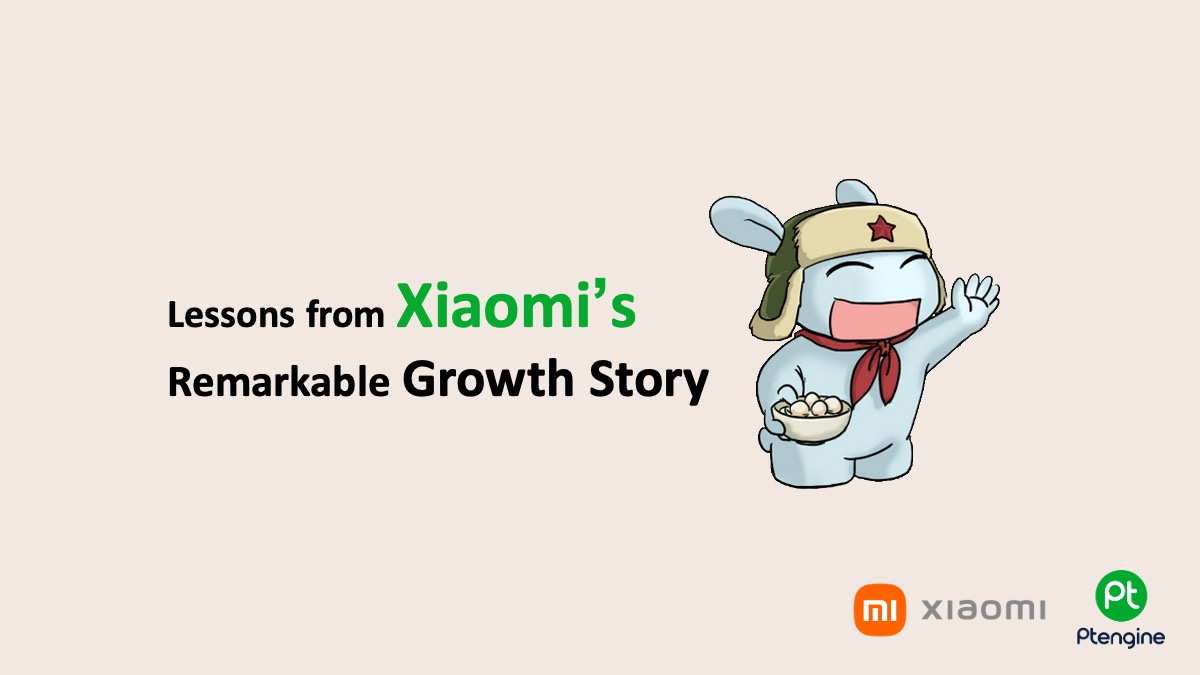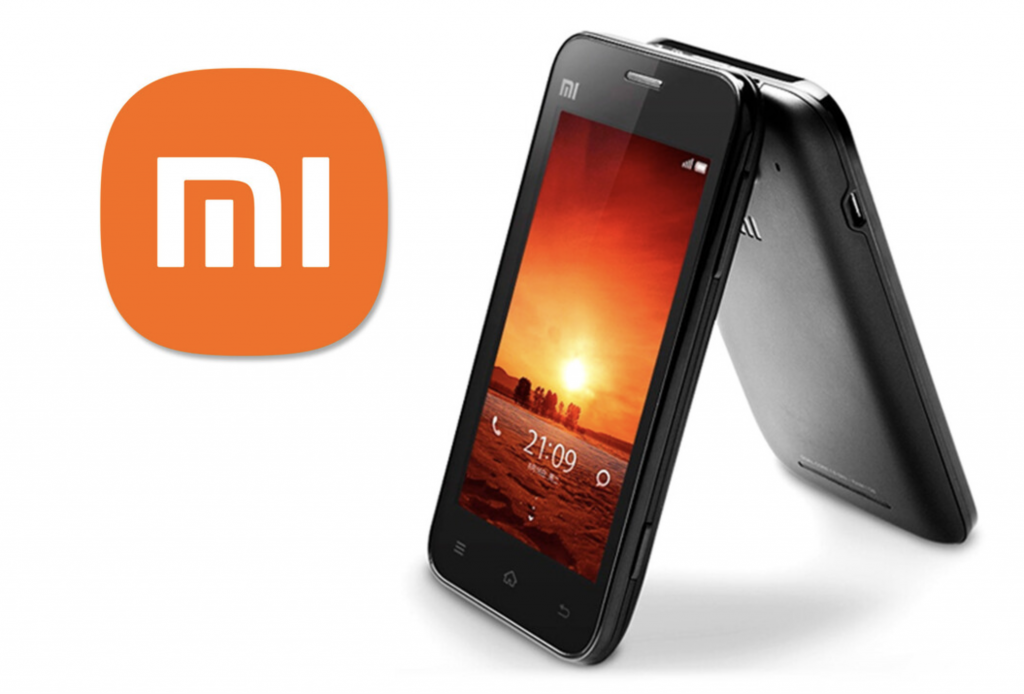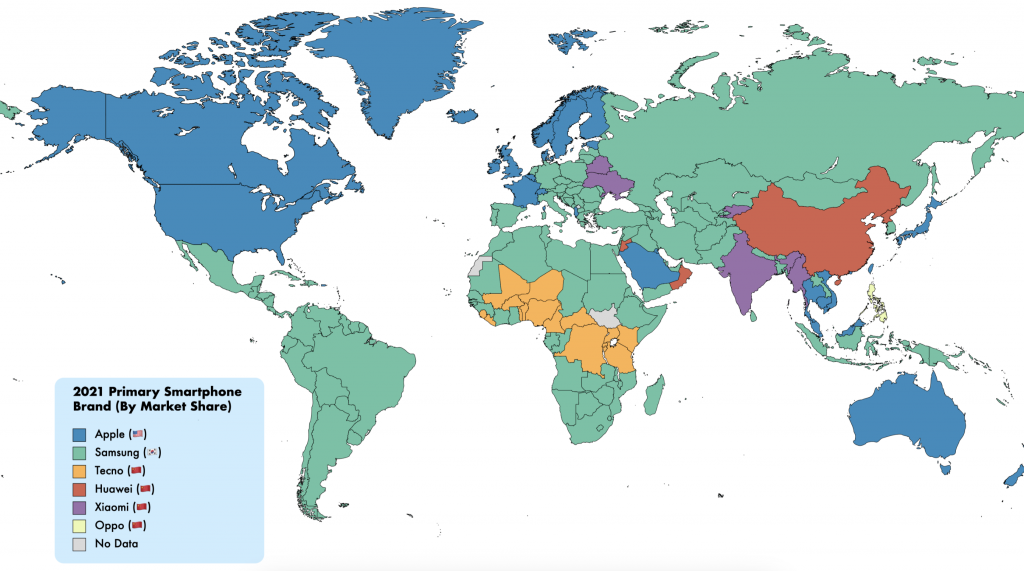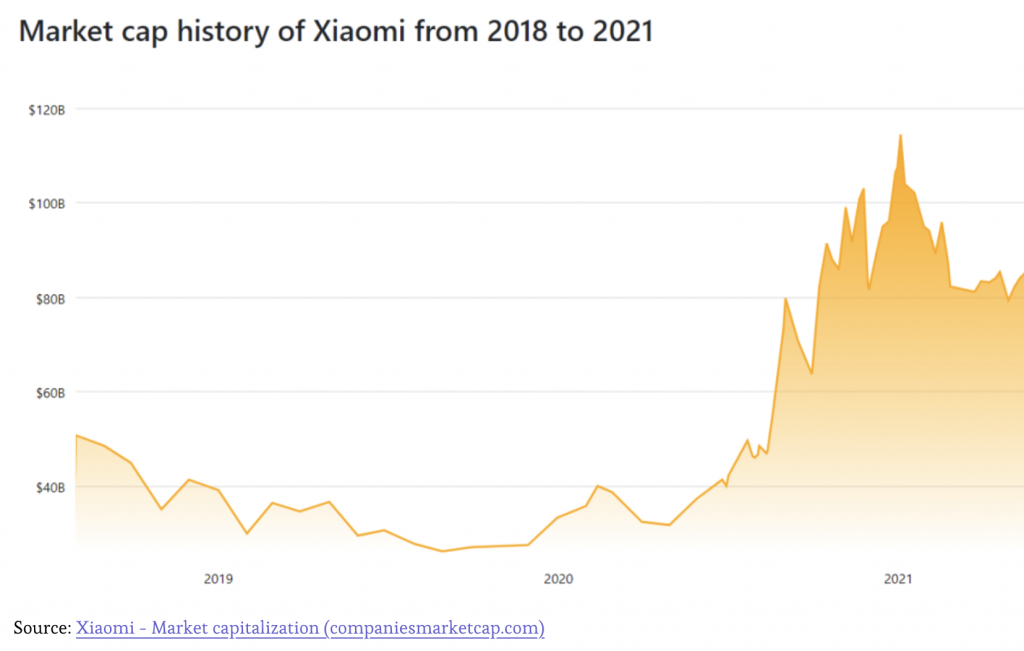blog»Business Strategy»Xiaomi’s Journey to Success: Key Marketing Takeaways

Xiaomi’s Journey to Success: Key Marketing Takeaways
2024/11/05
You can read this article in about 18 minutes
Introduction
In just over a decade, Xiaomi has transformed from a start-up with one product to one of the world’s largest tech brands. Known for affordable, high-quality smartphones, Xiaomi has reshaped the tech industry. Instead of following the usual marketing playbook, Xiaomi fueled its growth through community-building, scarcity tactics, and a deep focus on user feedback. These strategies helped Xiaomi build a loyal fanbase in China and beyond.

In this article, we’ll break down Xiaomi’s journey to success by exploring the key stages of its growth. Each phase offers valuable marketing lessons, from engaging a loyal community and driving demand to expanding into new markets. Whether you want to build stronger customer loyalty or reach global audiences, Xiaomi’s approach has insights to inspire your next move.
Let’s dive into Xiaomi’s playbook and uncover the marketing strategies that powered its rise.
Founding and Early Strategy (2010-2013): Building a Loyal Community through Transparency
When Xiaomi launched in 2010, it entered a crowded market dominated by major players like Apple and Samsung. But instead of competing head-to-head, Xiaomi took a unique approach. They focused on building a loyal community through transparency and direct engagement. Xiaomi’s founder, Lei Jun, emphasized that the brand was “by the people, for the people,” creating a strong connection with their audience from the start.

Xiaomi’s community-building strategy relied heavily on social media and online forums, where fans could engage directly with the brand. Users were encouraged to give feedback on products, and Xiaomi often shared behind-the-scenes updates on product development. By making users feel part of the brand’s journey, Xiaomi gained valuable customer loyalty and insights into what people wanted in a smartphone. This approach allowed Xiaomi to develop products that felt tailored to its community’s needs.
What you can learn:
- build a community through transparency: Xiaomi’s open approach fostered a strong, loyal community. For marketers, transparency can build trust and make customers feel valued, especially in the early stages of growth.
- engage directly with your audience: Xiaomi used social platforms to engage in real conversations with users. Marketers can build loyalty by listening to their audience and creating spaces where customers feel heard.
- involve your customers in the journey: Xiaomi made its fans feel like part of the brand by incorporating user feedback into product development. For marketers, involving customers in product decisions can create a sense of ownership and deepen loyalty.
Xiaomi’s early strategy shows that strong community engagement and transparency can be powerful tools in brand building. For marketers, the takeaway is clear: building a loyal base starts with making customers feel like they’re part of the brand’s story.
Direct-to-Consumer and Flash Sales Strategy (2013-2015): Driving Demand and Scarcity
As Xiaomi grew, they chose an unconventional approach for selling their products. Instead of distributing through traditional retail channels, Xiaomi adopted an online-only, direct-to-consumer model. This strategy allowed them to lower costs, keep prices competitive, and control their messaging. But it was the way they launched products that really grabbed attention: flash sales.

Xiaomi would release limited quantities of new products through timed flash sales, creating scarcity and exclusivity. This tactic generated excitement, with fans eager to secure a product before it sold out. Flash sales were often promoted with countdowns on social media, building anticipation and demand. When the sales went live, products often sold out within minutes, creating a sense of urgency and “fear of missing out” (FOMO) among buyers.
What you can learn:
- create demand with scarcity: Xiaomi’s flash sales created a strong sense of urgency that boosted demand. Marketers can use limited-time offers or exclusive releases to create excitement and drive sales.
- highlight exclusivity to increase value: By limiting product availability, Xiaomi made each purchase feel special. Marketers can boost product appeal by positioning it as a limited opportunity or exclusive offer.
- use social media to build anticipation: Xiaomi promoted flash sales through countdowns and social media teasers. Marketers can create similar anticipation by giving customers a “sneak peek” or countdown before product launches or promotions.
Xiaomi’s direct-to-consumer and flash sale strategy helped them stand out and generated a loyal fanbase eager for each new release. For marketers, the lesson is that scarcity and exclusivity can drive excitement, especially when paired with strategic social media promotion.
Expansion into New Products and Ecosystem Development (2015-2018): Building a “Lifestyle Brand”
After solidifying its presence in the smartphone market, Xiaomi expanded into a wider range of tech products, from fitness trackers and smart TVs to home appliances and IoT devices. This move wasn’t just about diversifying products—it was a strategy to build a complete ecosystem that positioned Xiaomi as a lifestyle brand. The aim was to make Xiaomi products integral to customers’ daily lives, creating an interconnected experience.

By introducing affordable, high-quality products across multiple categories, Xiaomi provided a seamless experience for customers who already trusted the brand. Each new product wasn’t simply marketed on its own but was presented as part of a broader ecosystem. This approach fostered brand loyalty, as customers who enjoyed one Xiaomi product were more likely to purchase additional products to complete their lifestyle setup.
what you can learn:
- expand into complementary products: Xiaomi didn’t just release random products; each one fit into a connected ecosystem. For marketers, expanding with complementary products can strengthen customer loyalty by positioning your brand as a one-stop solution.
- create a seamless brand experience: Xiaomi’s ecosystem approach encouraged customers to buy multiple products for an integrated experience. Marketers can enhance customer satisfaction by making sure their products or services work well together, creating a cohesive brand experience.
- position your brand as a lifestyle choice: Xiaomi’s diverse product lineup made the brand part of customers’ everyday lives. Marketers can elevate their brand by presenting it as a lifestyle choice, rather than a single purchase, fostering deeper emotional connections.
Xiaomi’s ecosystem strategy transformed the brand from a smartphone provider into a lifestyle brand, increasing customer loyalty and engagement. For marketers, this shows that building a product ecosystem can strengthen brand identity and create more opportunities for long-term customer relationships.
Global Expansion (2018-Present): Localization and Market-Specific Strategies
With a strong foundation in China, Xiaomi set its sights on global markets, starting with major expansions into India, Southeast Asia, and Europe. But rather than applying a one-size-fits-all approach, Xiaomi carefully tailored its marketing and products to resonate with each region’s unique preferences and needs. In India, for example, Xiaomi adapted its product offerings and pricing strategies to suit local purchasing power, becoming one of the top smartphone brands in the country. In Europe, Xiaomi focused on quality and performance, competing with established brands by emphasizing high-tech features and sleek design.

Localization wasn’t limited to products alone; Xiaomi also invested in local partnerships, regional events, and marketing campaigns tailored to each market. This approach helped Xiaomi quickly gain market share and build trust with international customers who felt the brand understood their specific needs.
what you can learn:
- localize for each market: Xiaomi’s success in new regions was due in large part to its ability to adapt to local cultures and preferences. Marketers should prioritize localization, making sure that products, messaging, and pricing resonate with each target market.
- partner with local influencers and businesses: Xiaomi formed partnerships with local entities in each market, adding credibility to its brand. For marketers, local partnerships can enhance brand recognition and trust, especially when entering new regions.
- highlight what makes your brand unique in each region: Xiaomi emphasized different brand strengths depending on the market, such as affordability in India and quality in Europe. Marketers can adapt this approach by emphasizing the unique selling points that resonate most with each specific audience.

Xiaomi’s global expansion illustrates the power of localization in creating a brand presence that feels relevant and trustworthy to diverse audiences. For marketers, the lesson is clear: understanding local needs and adapting your strategy can make all the difference when entering new markets.
Conclusion: Key Takeaways from Xiaomi’s Growth Strategy
Xiaomi’s journey from a start-up to a global tech powerhouse is a testament to the power of innovative marketing, community-building, and adaptability. By prioritizing transparency, creating scarcity, developing a product ecosystem, and localizing for new markets, Xiaomi built a brand that resonates deeply with its audience.
Here are the key lessons e-commerce marketers can take from Xiaomi’s most impactful campaigns:
- build a loyal community through transparency: Xiaomi’s early focus on engaging directly with its audience and involving them in product development built trust and loyalty. For marketers, openness and community-building can create a strong customer base.
- leverage scarcity to drive demand: Xiaomi’s flash sales created excitement and urgency, driving up demand with limited product availability. Scarcity marketing tactics, such as exclusive launches or time-limited offers, can make a product feel more desirable.
- develop a product ecosystem: Xiaomi’s move into diverse, complementary products helped it evolve into a lifestyle brand. Offering a range of interconnected products or services can enhance customer loyalty, making your brand a bigger part of their daily life.
- localize for global growth: Xiaomi’s success in diverse international markets shows the value of adapting products, pricing, and messaging to local cultures. For marketers, localization is essential when expanding into new regions, as it fosters relevance and trust with new audiences.
Xiaomi’s growth strategy provides valuable insights for e-commerce marketers looking to build stronger connections with customers and expand their brand presence. By focusing on community, scarcity, product ecosystems, and localization, you can create a brand that feels relevant, accessible, and essential to customers worldwide.